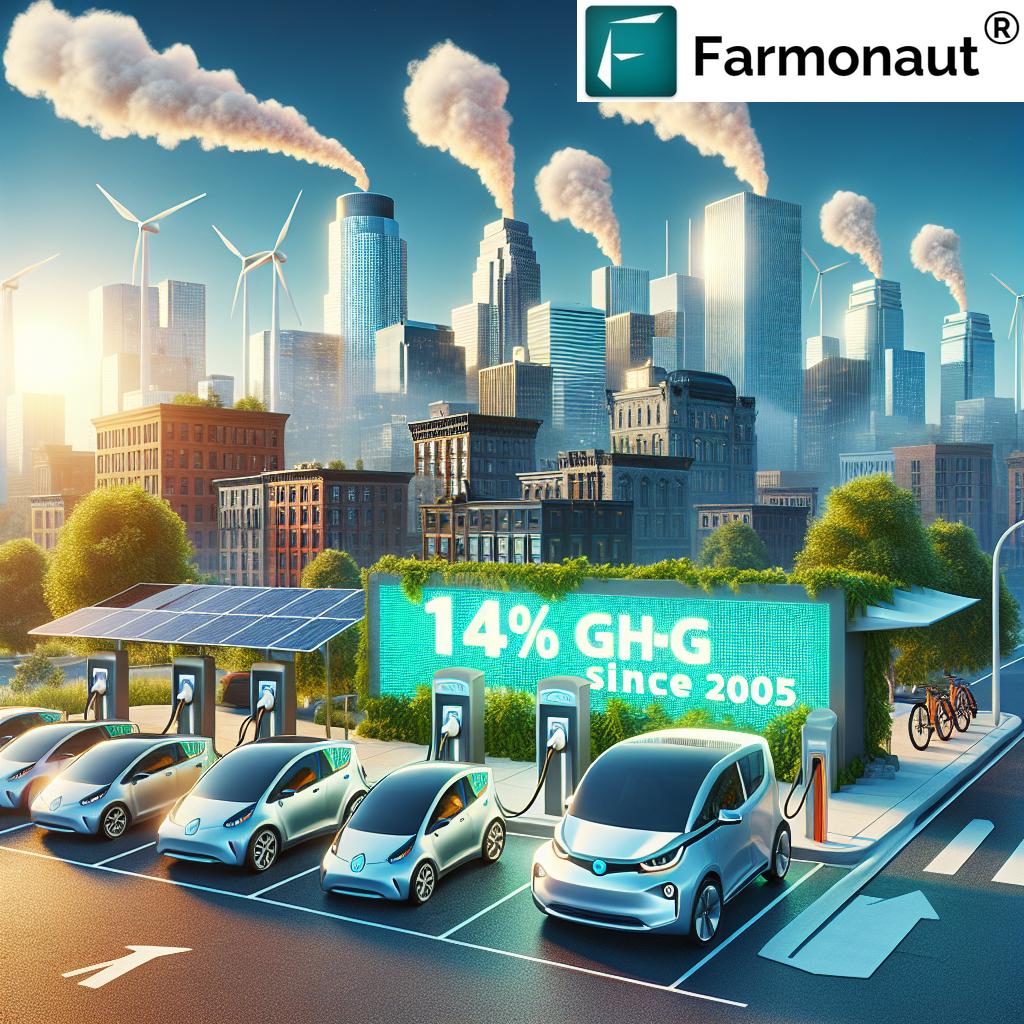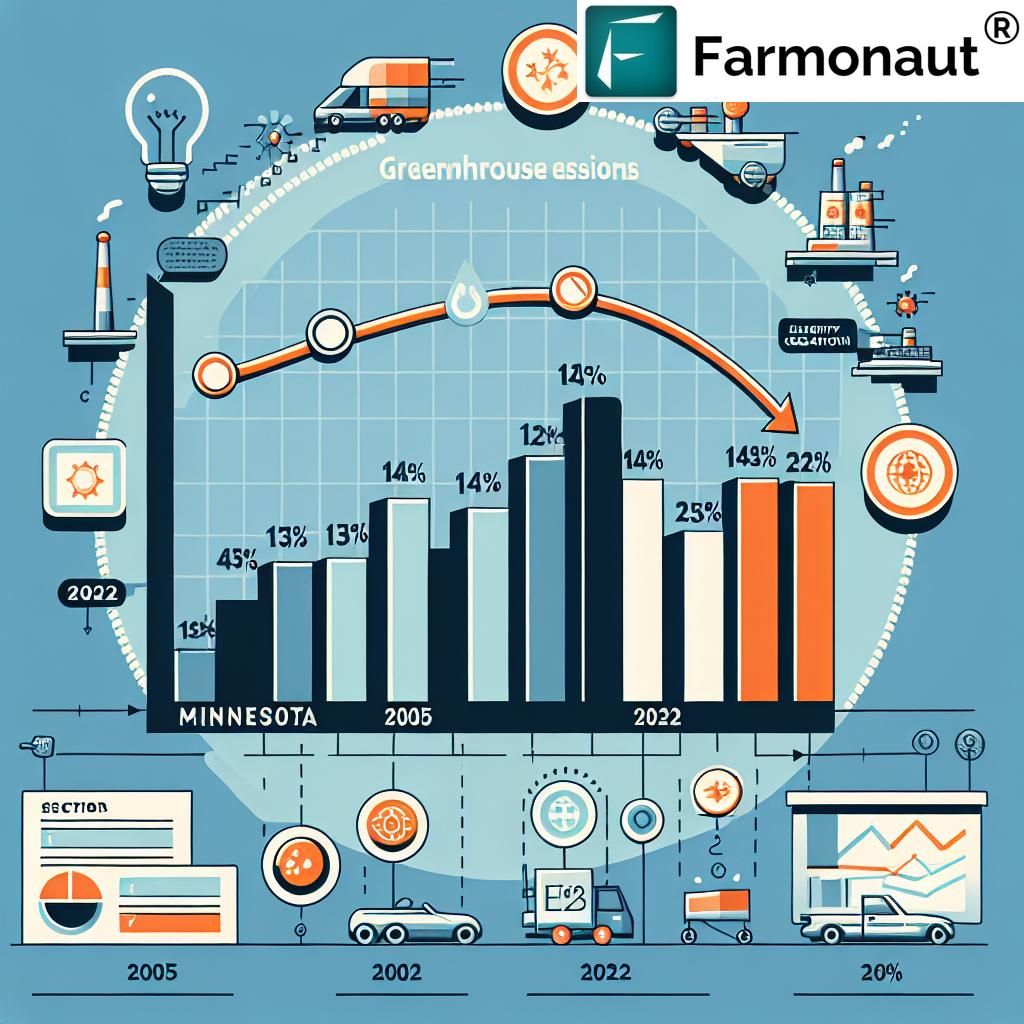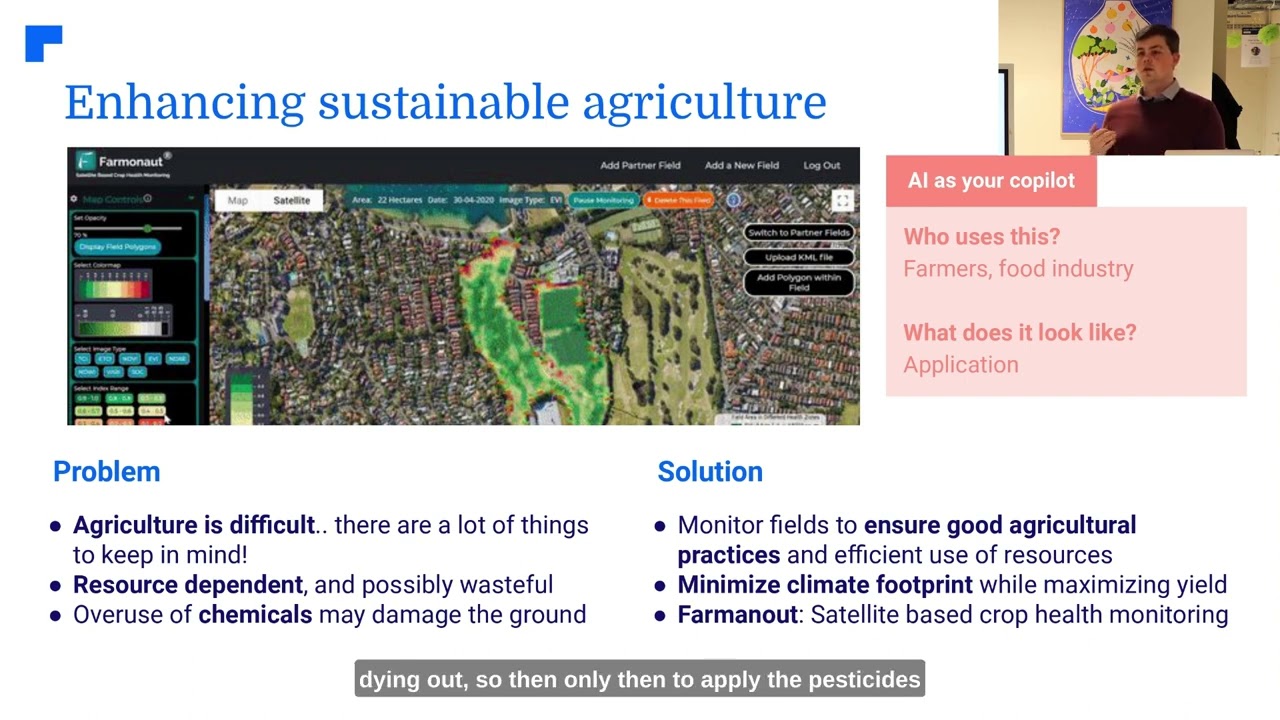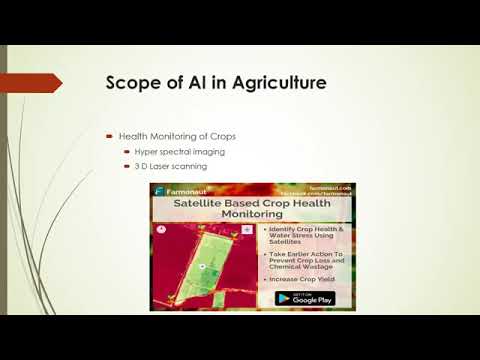Minnesota’s GHG Emissions: 14% Drop Since 2005, But Post-Pandemic Rebound Challenges Sustainability Goals
“Minnesota’s greenhouse gas emissions dropped 14% from 2005 to 2022, showcasing significant progress in sustainability efforts.“
As we delve into the latest biennial report from Minnesota’s state agencies, we uncover a complex narrative of environmental progress and challenges. The Gopher State has made significant strides in reducing its greenhouse gas (GHG) emissions, but recent developments highlight the delicate balance between economic recovery and environmental sustainability.
The Path to Emissions Reduction: A 17-Year Journey
Since 2005, Minnesota has been on a mission to curb its GHG emissions. The journey hasn’t been without its hurdles, but the overall trend shows a commendable 14% reduction in emissions by 2022. This achievement is a testament to the state’s commitment to combating climate change and fostering a more sustainable future for its residents.

The Minnesota Pollution Control Agency (MPCA) and the Minnesota Department of Commerce have been diligently tracking these emissions through their biennial reports. These comprehensive assessments provide valuable insights into the state’s progress and the challenges that lie ahead in meeting its climate goals.
The Pandemic’s Profound Impact on Emissions
The years 2020 and 2021 brought unprecedented changes to our lives, and Minnesota’s emissions landscape was no exception. As the COVID-19 pandemic swept across the globe, it drastically altered how Minnesotans lived and worked. The resulting lockdowns and shifts to remote work led to a steep decline in emissions across various sectors.
- Transportation emissions plummeted as commutes were reduced
- Industrial emissions decreased due to temporary closures and reduced production
- Commercial building emissions dropped as offices remained empty
This unexpected turn of events provided a unique glimpse into what a low-carbon future might look like. However, it also highlighted the intricate relationship between our daily activities and their environmental impact.
The Post-Pandemic Rebound: A New Challenge Emerges
“A 6.4% rebound in emissions occurred by 2022 as Minnesotans returned to pre-pandemic routines, challenging long-term reduction goals.“
As vaccination rates increased and restrictions eased, Minnesotans gradually returned to their pre-pandemic routines. This transition, while essential for economic recovery, brought with it a concerning trend in GHG emissions. Between the end of 2020 and 2022, the state saw a 6.4% increase in emissions, reflecting a national trend of post-pandemic rebounds.
This rebound raises important questions about the sustainability of emission reductions achieved during the pandemic. It underscores the need for strategic interventions to maintain and build upon the progress made in recent years.
Sector-Specific Insights: A Mixed Bag of Results
While the overall trend shows a rebound in emissions, a closer look at specific sectors reveals a more nuanced picture:
- Transportation: This sector saw the most significant increase as people resumed commuting and travel.
- Electricity Generation: Despite the rebound, emissions from this sector remained below 2019 levels, thanks to ongoing efforts to integrate renewable energy sources.
- Agriculture: Emissions from agricultural activities have shown a steady decline, reflecting the adoption of more sustainable farming practices.
These sector-specific trends highlight the importance of targeted approaches in addressing GHG emissions. They also underscore the potential for technological innovations and policy interventions to drive sustainable change.
Minnesota’s Climate Change Policy: A Multi-Faceted Approach
Minnesota’s strategy to combat climate change and reduce GHG emissions encompasses a wide range of initiatives:
- Integrating renewable energy sources into the power grid
- Enhancing energy efficiency across industries
- Promoting sustainable transportation options
- Supporting regenerative agriculture practices
- Investing in carbon sequestration technologies
These efforts align with the state’s long-term goal of achieving a carbon-neutral economy while ensuring economic prosperity for its residents.

The Role of Technology in Emissions Reduction
Innovative technologies play a crucial role in Minnesota’s efforts to reduce GHG emissions. From smart grid systems to advanced monitoring tools, these technologies enable more efficient resource management and provide valuable data for decision-making.
For instance, satellite-based monitoring systems, like those offered by Farmonaut, can help track changes in land use and agricultural practices, providing insights into their impact on emissions. Such tools are invaluable for policymakers and stakeholders in developing targeted strategies for emissions reduction.
Challenges and Opportunities in Sustaining Emissions Reductions
The post-pandemic emissions rebound highlights several challenges in maintaining long-term reductions:
- Balancing economic recovery with environmental goals
- Addressing ingrained behaviors and consumption patterns
- Ensuring equitable transitions to low-carbon alternatives
- Overcoming infrastructural and technological barriers
However, these challenges also present opportunities for innovation and collaboration. By leveraging emerging technologies, fostering public-private partnerships, and engaging communities in sustainability efforts, Minnesota can turn these challenges into catalysts for positive change.
The Path Forward: Strategies for Sustainable Emissions Reduction
As Minnesota navigates the complexities of post-pandemic recovery and long-term sustainability, several key strategies emerge:
- Accelerating Clean Energy Transition: Continuing investments in renewable energy sources and grid modernization.
- Promoting Sustainable Transportation: Expanding electric vehicle infrastructure and improving public transit options.
- Enhancing Building Efficiency: Implementing stricter energy efficiency standards for new constructions and retrofitting existing buildings.
- Supporting Sustainable Agriculture: Encouraging regenerative farming practices and precision agriculture techniques.
- Fostering Innovation: Investing in research and development of low-carbon technologies.
These strategies, coupled with robust policy frameworks and community engagement, can help Minnesota maintain its momentum in emissions reduction and set a model for other states to follow.
The Role of Data and Monitoring in Emissions Reduction
Accurate data and continuous monitoring are crucial for effective emissions reduction strategies. Advanced technologies, such as those provided by Farmonaut, play a vital role in this aspect. By leveraging satellite imagery and AI-driven analytics, these tools offer real-time insights into land use changes, crop health, and agricultural practices that impact GHG emissions.
Farmers and policymakers can access these insights through various platforms:
For developers and researchers looking to integrate these insights into their own systems, Farmonaut offers an API with comprehensive documentation.
Community Engagement and Education
Reducing GHG emissions is not just a task for policymakers and industries; it requires active participation from all Minnesotans. Public awareness and education play a crucial role in driving sustainable behaviors and supporting emissions reduction initiatives.
Community-based programs, school curricula, and public awareness campaigns can help foster a culture of sustainability. By understanding the impact of their daily choices on emissions, individuals can make informed decisions that contribute to the state’s overall goals.
Economic Opportunities in the Green Transition
The shift towards a low-carbon economy presents significant economic opportunities for Minnesota. Investments in clean energy, sustainable agriculture, and green technologies can create jobs, drive innovation, and position the state as a leader in the growing green economy.
For those looking to contribute to this green transition while earning, programs like Farmonaut’s affiliate program offer interesting opportunities. Earn 20% recurring commission with Farmonaut’s affiliate program by sharing your promo code and helping farmers save 10%. Onboard 10 Elite farmers monthly to earn a minimum of $148,000 annually—start now and grow your income!
Comparative Timeline of Minnesota’s GHG Emissions
| Year | Total GHG Emissions (million metric tons CO2e) | Percentage Change from 2005 Baseline | Notable Events/Policies |
|---|---|---|---|
| 2005 | 165 | 0% (Baseline) | Next Generation Energy Act passed |
| 2010 | 155 | -6% | Implementation of Renewable Energy Standard |
| 2015 | 150 | -9% | Minnesota’s Clean Power Plan unveiled |
| 2019 | 145 | -12% | Pre-pandemic emissions level |
| 2020 | 133 | -19% | COVID-19 pandemic impact |
| 2021 | 138 | -16% | Gradual economic recovery begins |
| 2022 | 142 | -14% | 6.4% rebound from pandemic low |
Looking Ahead: Minnesota’s Climate Future
As we reflect on Minnesota’s journey in reducing GHG emissions, it’s clear that significant progress has been made. The 14% reduction since 2005 is a testament to the state’s commitment to sustainability. However, the recent post-pandemic rebound serves as a reminder of the ongoing challenges we face in maintaining and accelerating this progress.
The path forward requires a multifaceted approach, combining policy interventions, technological innovations, and community engagement. By leveraging tools like those offered by Farmonaut and fostering a culture of sustainability, Minnesota can continue to lead the way in emissions reduction and climate action.
As we move forward, it’s crucial to remember that every action counts. Whether it’s adopting sustainable farming practices, choosing cleaner transportation options, or supporting green initiatives, each step brings us closer to a more sustainable future for Minnesota and beyond.
FAQ Section
- Q: What caused the significant drop in Minnesota’s GHG emissions in 2020?
A: The steep decline in 2020 was primarily due to the COVID-19 pandemic, which led to reduced travel, industrial activities, and overall energy consumption. - Q: Why did emissions rebound in 2022?
A: As Minnesotans returned to pre-pandemic routines, including increased travel and economic activities, emissions saw a 6.4% increase from the pandemic low. - Q: What sectors contribute most to Minnesota’s GHG emissions?
A: The main contributors are transportation, electricity generation, and agriculture, with transportation seeing the most significant rebound post-pandemic. - Q: How is Minnesota working to reduce emissions in the long term?
A: Minnesota is focusing on integrating renewable energy sources, enhancing energy efficiency, promoting sustainable transportation, and supporting regenerative agriculture practices. - Q: What role does technology play in emissions reduction?
A: Technologies like satellite monitoring, AI-driven analytics, and smart grid systems play crucial roles in tracking emissions, optimizing resource use, and informing policy decisions.
In conclusion, Minnesota’s journey towards reducing GHG emissions is a complex and ongoing process. While the state has made significant strides, the recent rebound highlights the need for continued vigilance and innovative approaches. By embracing sustainable practices, leveraging technology, and fostering community engagement, Minnesota can overcome these challenges and continue its path towards a greener, more sustainable future.




















